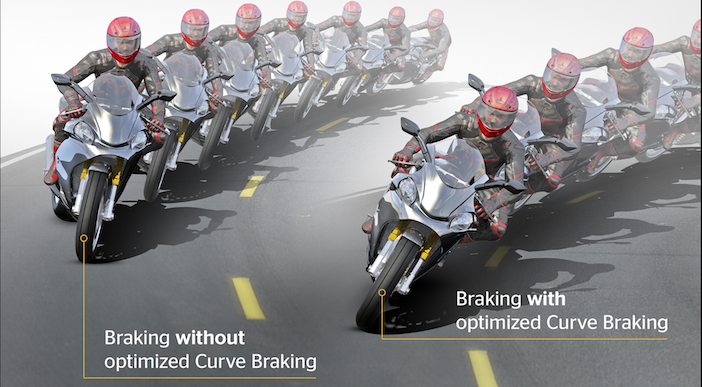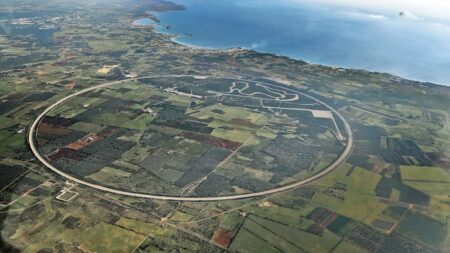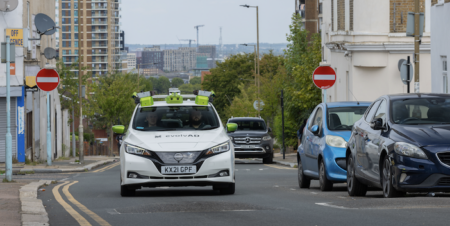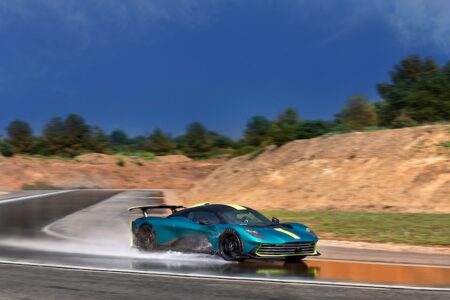Automotive technology company, Continental, has developed a new generation of its compact two-channel ABS for motorcycles. The system (MK 100 MAB PYA) features a new type of sensor that can be integrated directly onto the circuit board of the ABS, meaning that a separate motorcycle inertial measurement unit would no longer be required. The PYA refers to Pressure, Yaw and Acceleration, which means that the sensor technology measures all three rotation rates and all three accelerations in space.
The need for a mechanical holder for the sensor on the motorcycle is also eliminated, meaning no wiring harness is required, and production becomes easier for the motorcycle manufacturer. In addition, integrating the sensor on the circuit board is more cost-effective than having it in a separate box, which is a benefit for volume models.
ABS ensures the shortest possible braking distance during emergency braking, allowing the driver to maintain control in extreme situations. With the additional function of optimised curve braking (oCB), focused emergency braking can be applied while the motorcycle is leaned into a turn: from a certain angle of inclination, ABS with oCB controls the brakes more sensitively to prevent the cycle from pitching up in the curve and thus losing control.
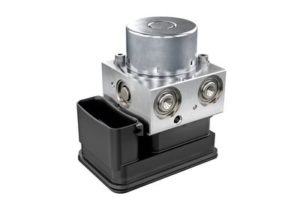
If a motorcycle manufacturer chooses the option with integrated sensor unit, a sensor element inside the ABS on the MK 100 MAB PYA detects lateral acceleration and rotation rates on all spatial axes, thus providing the data basis for advanced protective functions such as optimised curve braking and lift-off detection of the rear wheel. Despite this higher degree of integration in the ABS, Continental’s developers managed to retain the compact dimensions of the previous-generation two-channel ABS.
“The interest in our new two-channel ABS is enormous,” stated Lothar Kienle, head of motorcycle development in Continental’s Safety and Motion business unit. “And this is by no means only true for the European market, but also for large Asian volume manufacturers, who are now demanding more and more new and improved functions for their small and medium-sized motorcycles.”
Series production of the new system will start for the first major motorcycle manufacturer in early 2024.


